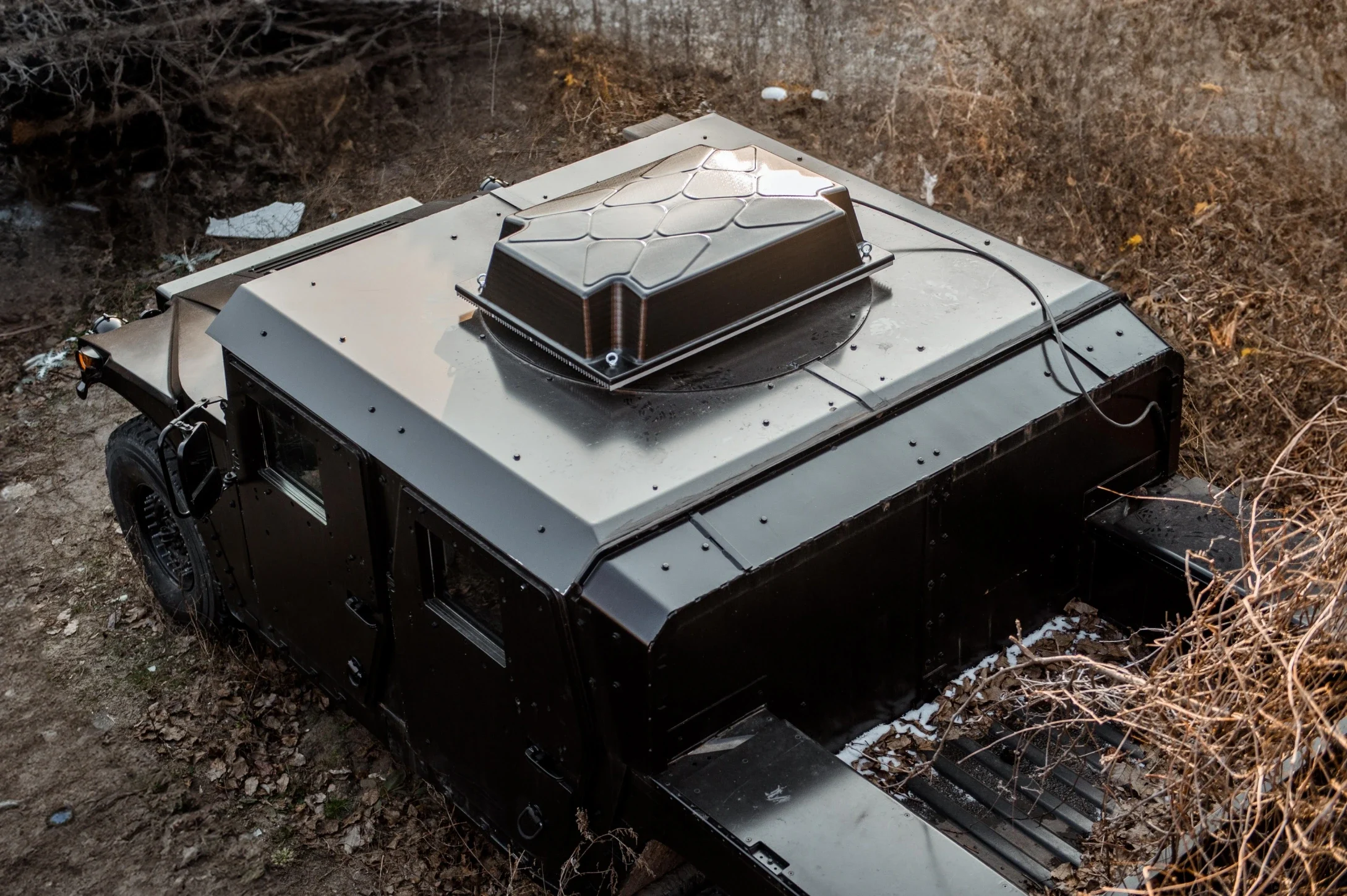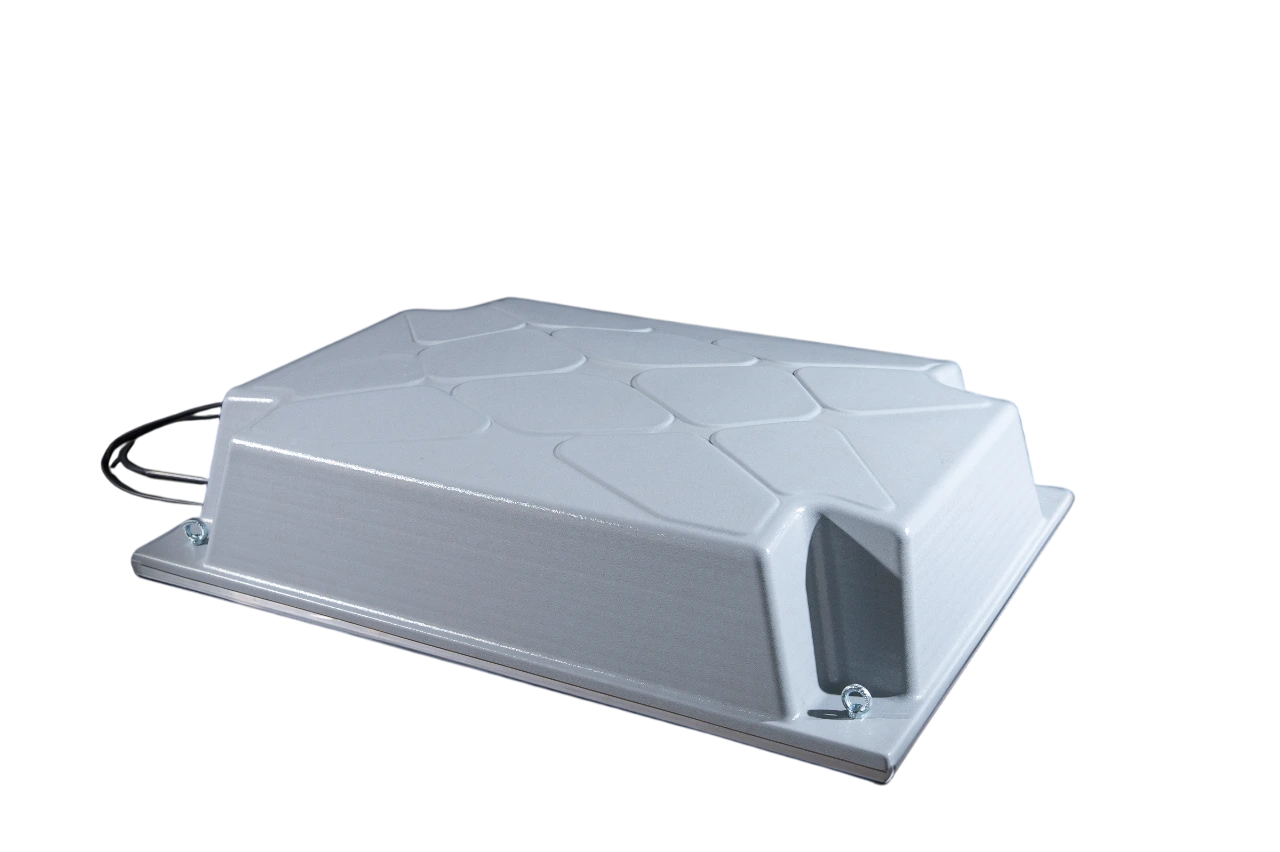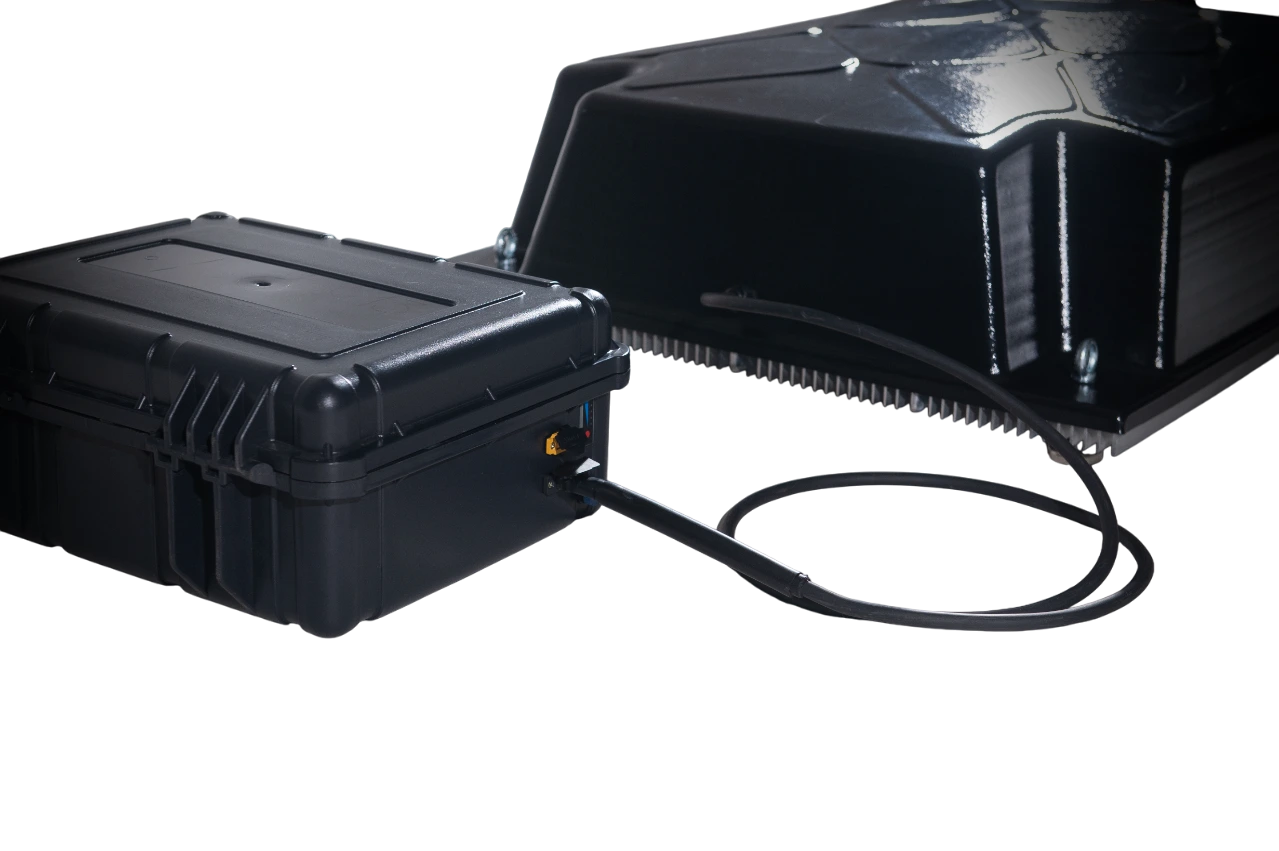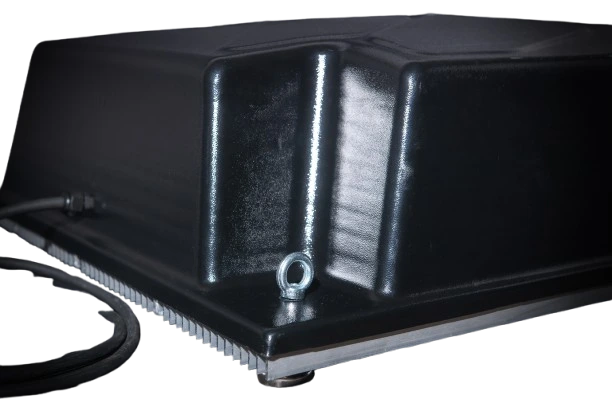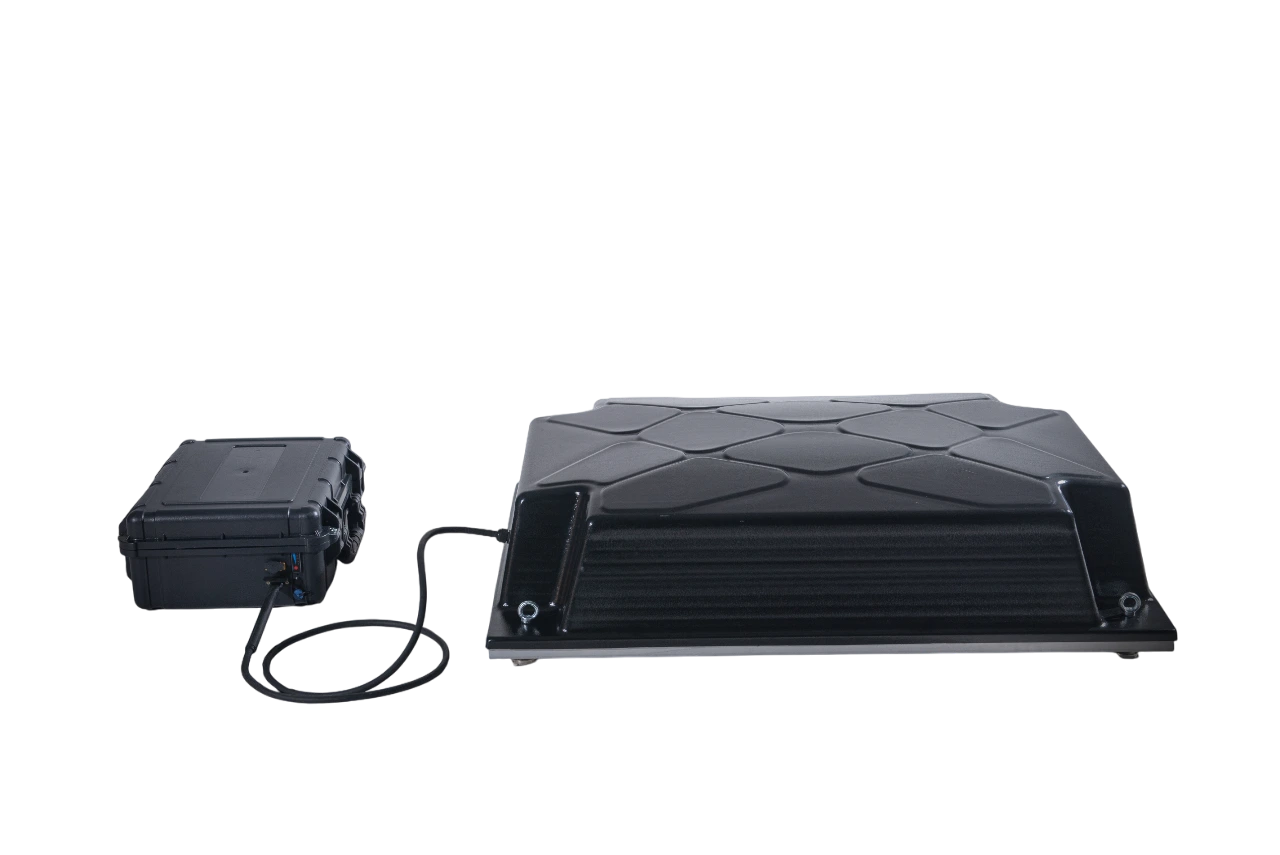In the Current War Environment, UAVs and FPV Drones Have Become a Core Element of Enemy Tactics. Reconnaissance, fire adjustment, precision strikes — all of this is now executed from the air. To effectively counter such threats, compact and mobile electronic warfare (EW) systems have been developed — known as trench EW. This is more than just a technology — it's a shield that saves lives and provides a tactical edge on the battlefield.
What Is Trench EW?
Trench EW (Electronic Warfare) refers to tactical systems designed to suppress enemy unmanned aerial vehicles (UAVs). These systems are compact, portable, and capable of autonomous operation. The term was introduced by renowned military expert Serhii Beskresnyi (callsign “Flash”) and has quickly entered professional and official use — including in Ministry of Defense documentation.
Trench EW typically refers to:
- Anti-drone "guns" — directional devices that jam drone communication channels;
- Mobile EW systems like “Kupol” — omnidirectional solutions that create protective zones around positions or vehicles.
How Trench EW Works
The core mechanism is active jamming — the generation of powerful radio interference that disrupts the communication link between the drone and its operator. Depending on the drone model and its firmware, losing connection may cause it to:
- Return to its launch point ("Return to Home" mode);
- Land or crash;
- Hover in place;
- Attempt to exit the jamming zone by gaining altitude.
The result depends on the type of drone:
- FPV drones with analog video signals lose their feed and cannot attack;
- DJI drones enter emergency mode — hovering, returning, or landing;
- Some autopilot-equipped drones lose control and crash.
Important: Each drone operates on its own frequency range: 2.4 GHz, 5.8 GHz, 900 MHz, 1.2 GHz, 1.4 GHz, etc.
EW systems must be configured to the correct range for effective jamming.
Advantages of Trench EW
- Mobility: Can be transported by a single soldier without the need for vehicles;
- Autonomy: High-capacity built-in batteries (up to 1650 Wh and more);
- Wideband Capability: Operates across multiple frequency bands simultaneously;
- Ease of Use: No special operator training required;
- Rapid Deployment: Can be activated within 30 seconds.
Core Functions of Trench EW
Modern trench EW systems integrate several critical capabilities:
- Suppression of UAV control channels (2.4 / 5.8 / 900 / 1200 MHz, etc.);
- Jamming of GPS/GLONASS navigation — disrupting autopilot functions;
- Creation of a protective jamming zone around the system;
- Fully autonomous battery-powered operation;
- Remote control from a safe distance (up to 100 m);
- Quick frequency switching for different drone models;
- Visual and audio device status indicators;
- Stable performance in interference-prone or power-limited environments.
Important Considerations When Using Trench EW
- Detectability: Active EW emits strong signals detectable by enemy electronic intelligence. Use remote activation to enhance stealth.
- Friendly UAVs: The device jams all signals in range — always notify adjacent units before activation.
- Removable Antennas: Ensure antennas are properly connected before turning the device on.
- Tactical Configuration: It's advisable to gather intel in advance about the enemy’s operating frequencies in your area.
How to Choose a Trench EW System
When selecting a system, consider:
- Effective range: From 100 to 500 meters, depending on power output;
- Number of suppressed frequency bands: Universal models support up to 6–8 bands;
- Antenna type: Omnidirectional (for area defense) or directional (for targeted jamming);
- Autonomy: Ideally, at least 2 hours of continuous operation;
- Kit contents: Charger, carrying case, spare antennas, mounting accessories.
Shield Systems specialists can help you choose trench EW solutions tailored to your mission, terrain, and threat profile.
Application of Trench EW in the Armed Forces of Ukraine (AFU)
Trench EW systems are used across nearly all frontline scenarios. Common use cases include:
1. Protection of Frontline Personnel
Installed in trenches or dugouts, EW systems create an interference field that prevents observation, fire correction, or drone attacks.
2. Defense of Equipment and Vehicles
Mounted on vehicle roofs (cars, APCs), the systems are remotely activated only in high-risk areas.
3. Security of Checkpoints and Temporary Fortifications
Stationary omnidirectional EW systems form an electronic “dome” of up to 300 meters, effectively blocking enemy UAVs.
4. Convoy Protection
Supply or evacuation convoys are frequent targets for FPV drone attacks. Vehicle-mounted or lead-unit EW systems suppress signals from reconnaissance or strike drones.
5. Recon Missions
Mobile recon teams use compact EW systems as active protection tools during operations in enemy-controlled areas.
Where to Buy Trench EW Systems in Ukraine?
Shield Systems offers combat-tested solutions. You can purchase trench EW systems for the Ukrainian Armed Forces in Kyiv and throughout Ukraine:
- With updated firmware and next-generation antennas;
- Fully operational straight out of the box;
- Provided with full technical documentation and warranty;
- With 24/7 support;
- With individually selected configurations tailored to your mission needs.
The cost of a trench EW system depends on:
- Transmitter power output;
- Number of frequency bands it can jam;
- Antenna type (omnidirectional or directional);
- Battery capacity;
- Presence of a remote activation system;
- Included accessories and components.
